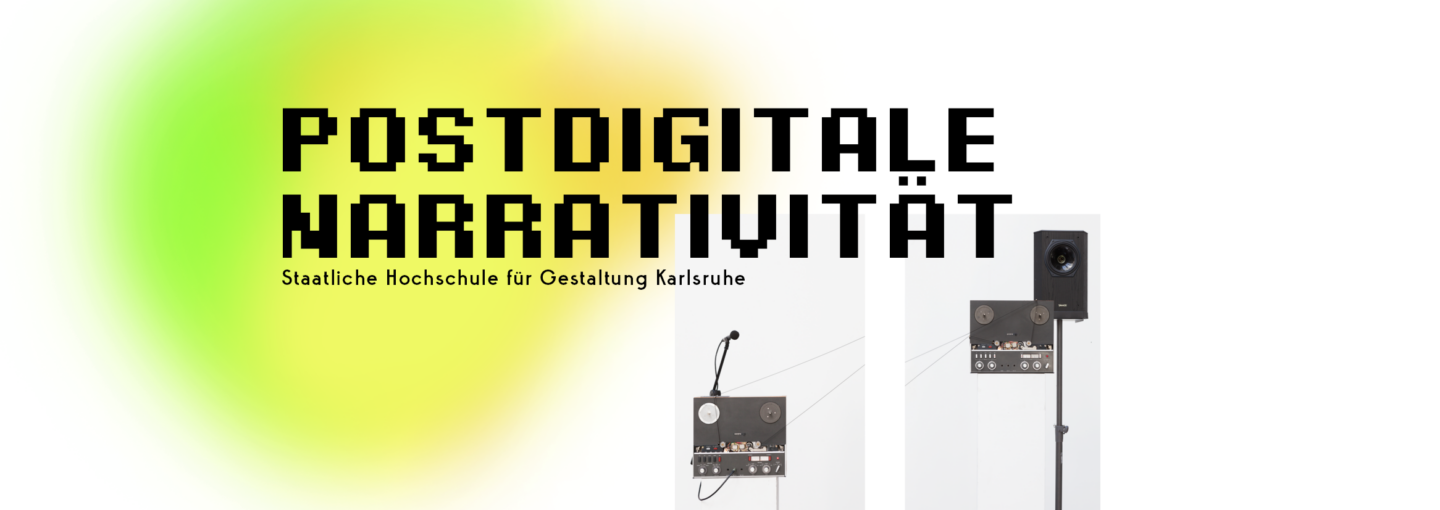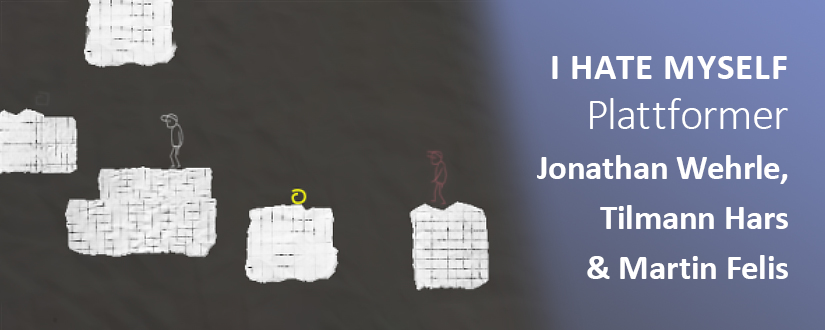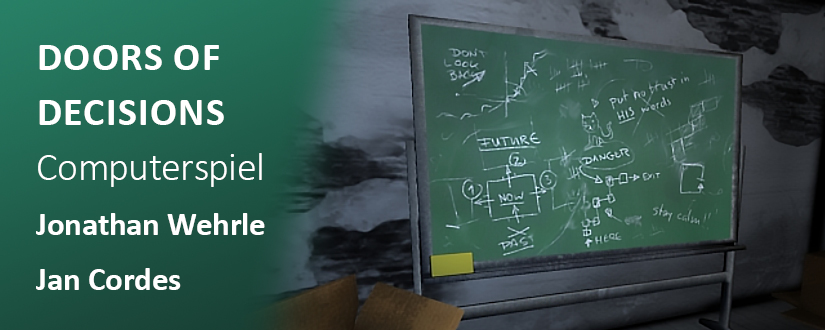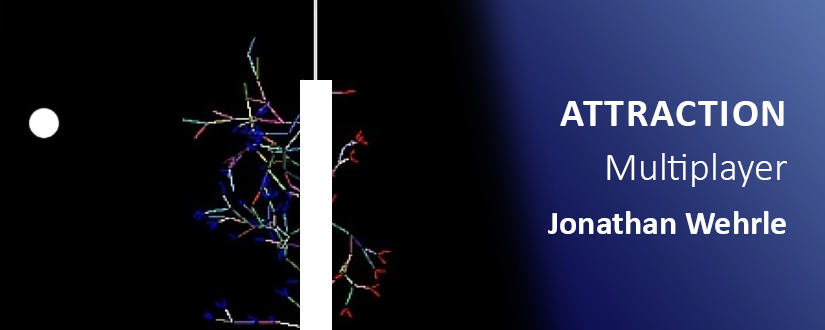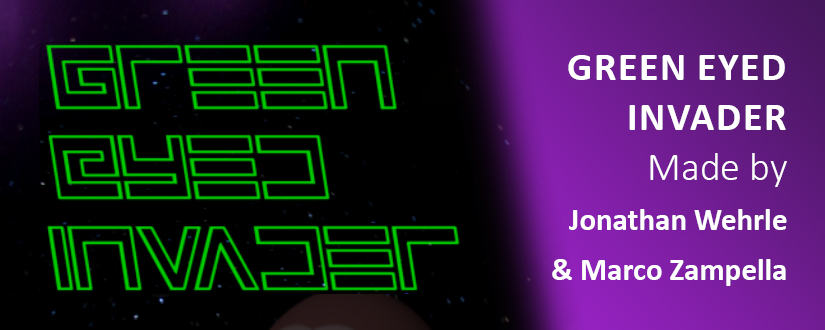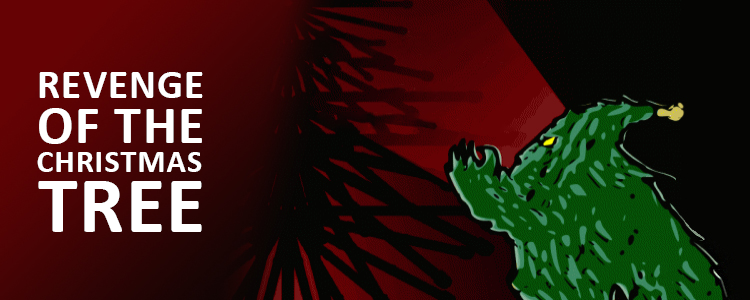I hate myself – A game about the past. ( by Tilmann Hars, Martin Felis and Jonathan Wehrle )
Das Gameplay, der Stil und die Spielmechanik von “I hate myself” werden durch die eigene Vergangenheit gestaltet. Der Spieler muss in “I hate myself” verschiedene sphärische Objekte in einer bestimmten Reihenfolge einsammeln, um im jeweiligen Level des Spiels voran zu kommen. Dabei muss der Spieler darauf achten, nicht seinem eigenen vergangenen Ich zu begegnen: Jedesmal, wenn er eines der Objekte eingesammelt hat, startet sein “Ghost” an der selben Stelle und wiederholt seine vergangenen Spielschritte. Der Spieler muss seine Aktionen sehr sorgfältig planen, indem er sie zeitlich als auch räumlich so gut koordiniert, dass das Spiel spielbar bleibt.
Das Spiel “I hate myself” entstand in einer Zusammenarbeit von Tilmann Hars, Martin Felis und Jonathan Wehrle im Rahmen des “Global Game Jam 2012” des Gamelabs Karlsruhe.
_ _ _ _ _ _ _ _ _
English version
The mechanics, style and gameplay of “I hate myself” are driven by ones own past. The goal of the game is to collect multiple orbs in a given order that are spread throughout the level, while avoiding ones past. Whenever one of these objects is collected, a ghost from the past spawns at the start position and repeats the actions of the player. The player therefore has to think both in terms of spatial and temporal coordination as he has to plan his actions carefully not to trap himself in a dead end.
The game “I hate myself” was created during the Global Game Jam 2012 at the Gamelab Karlsruhe by Tilmann Hars, Martin Felis and Jonathan Wehrle.
